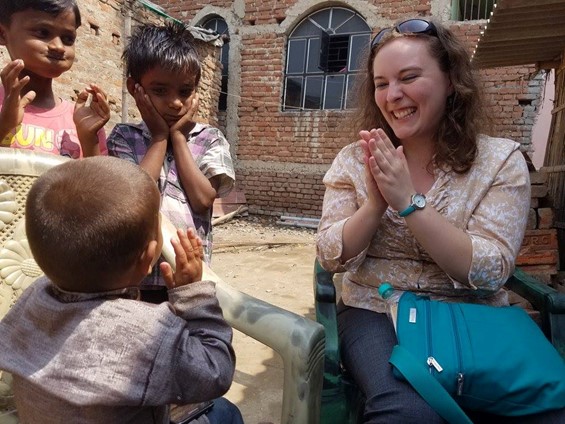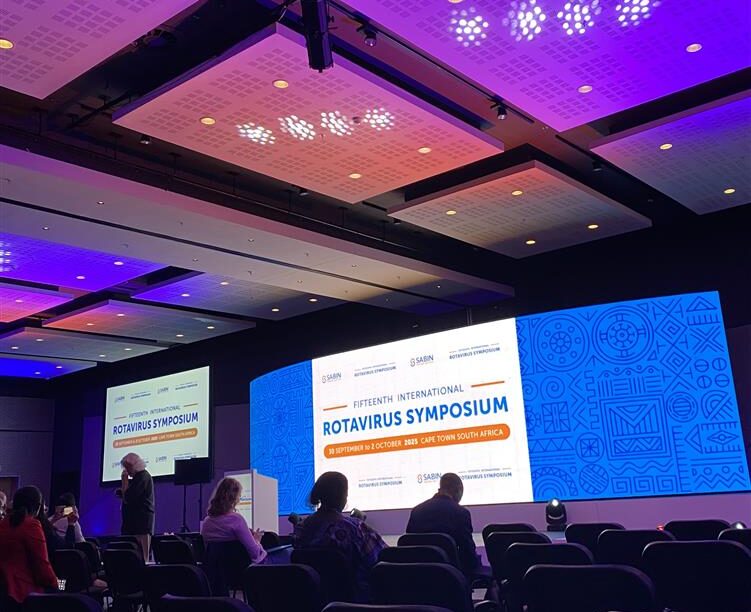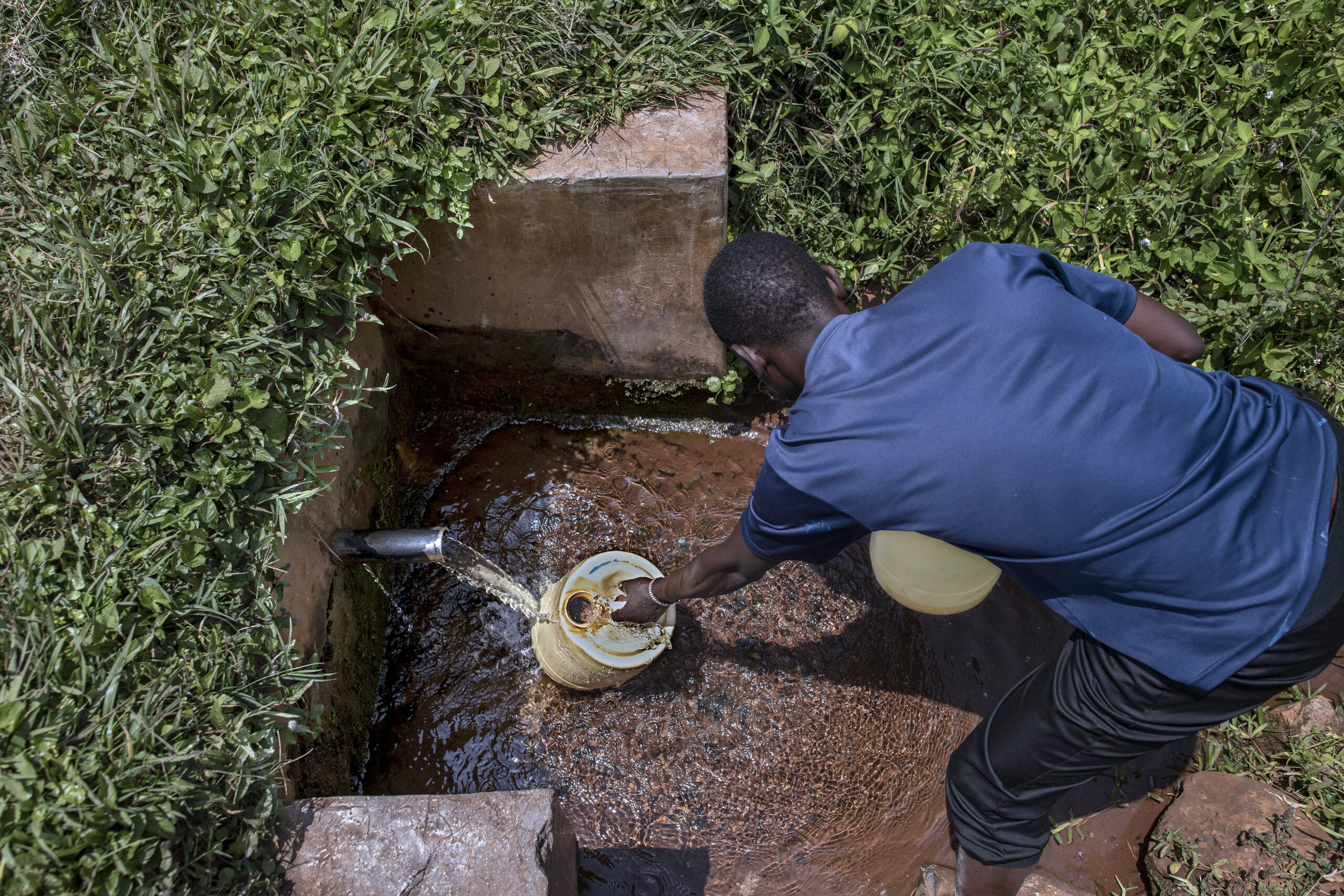
How much is norovirus to blame for the global burden of childhood diarrhea?
 Like other diarrheal diseases, norovirus is dangerous because it can cause rapid, deadly dehydration. Oral rehydration solution is a lifesaving treatment. Photo: PATH/Tony Karumba.
Like other diarrheal diseases, norovirus is dangerous because it can cause rapid, deadly dehydration. Oral rehydration solution is a lifesaving treatment. Photo: PATH/Tony Karumba.
If, like me, you live in the United States, you are probably aware that norovirus is having a moment. It usually does this time of year: the unwelcome guest coming home for the holidays or wreaking havoc on a cruise ship.
I spend a significant amount of time talking about diarrhea, and news of norovirus populates my homepage with the cyclical certainty of a Black Friday sale. And yet, embarrassingly, this is the first time I stopped to wonder: how much is norovirus to blame for the global burden of childhood diarrhea? Why haven’t I heard more about it?
Turns out there are a few good reasons that have nothing to do with me having a blind spot. That’s because it’s a collective blind spot, so to speak.
Let’s focus first on what we do know, which is that norovirus looks and sounds an awful lot like rotavirus. Both are incredibly resilient and widespread, even in countries like the US that have widespread access to clean drinking water and sanitation. (Not even hand sanitizer will protect you from norovirus; handwashing with soap and water is your best bet.) In addition, norovirus is especially contagious, and its incubation period is short, which is why it carries a high risk of uncontrolled spread in institutional settings like hospitals, daycares, and, yes, cruise ships.
We also know that the norovirus burden is emblematic of broader diarrheal disease trends: children have the greatest incidence of infection, and the majority of child deaths occur in low- and middle-income countries due to rapid dehydration and lack of access to healthcare. In fact, norovirus is eclipsing rotavirus as the top cause of pediatric hospital admissions in countries where vaccines have driven down the burden of rotavirus. Though norovirus outbreaks tend to occur in cooler temperatures (hence its penchant for holiday mayhem), temperate climates see norovirus cases year-round.
Back to my original question: how much does norovirus contribute to the global burden of childhood diarrhea morbidity and/or mortality? Interestingly, most recent estimates suggest that the proportion of child diarrhea deaths attributed to norovirus is greater in high-income countries than in low- and middle-income countries. That said, global norovirus estimates in children are tricky for reasons that go beyond the common challenge of lack of surveillance data.
Norovirus creates an additional challenge to surveillance efforts because 1) reinfection is so common and 2) the virus is also frequently present in asymptomatic individuals, the people meant to serve as controls in cohort studies. Since researchers use an odds ratio of cases and controls to calculate the frequency of a given pathogen, the high occurrence of norovirus in both groups can skew the data, generating a potentially misleading output that norovirus is not a significant contributor to diarrhea burden. Routine surveillance with sharper diagnostics that can discriminate between disease-causing and asymptomatic infections are needed.
Still, we know that preventing norovirus could make a significant health and economic impact, not to mention a more pleasant holiday season. One model estimates norovirus is responsible for $4.2 billion in direct health system costs and $60.3 billion in societal cost.
Unlike rotavirus, there is sadly no vaccine for norovirus—yet. Several candidates are in the pipeline, and a licensed vaccine would be the best holiday gift of all, especially for the children who could benefit most in settings where healthcare can be difficult to access. For now, the best thing we can do, no matter where we live, is make handwashing with soap widely available and widely practiced and ensure all families have access to treatment and primary healthcare services. Use our resources to ask your policymakers invest in these basic tools to keep children, families, and communities around the globe healthy and happy during the holidays and all year round.


